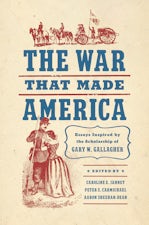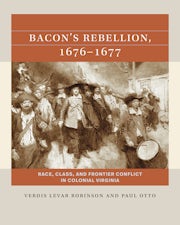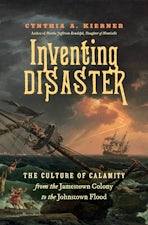American Photography and the American Dream
By James Guimond
Foreword by Alan Trachtenberg

355 pp., 7 x 10
-
Paperback ISBN: 978-0-8078-4308-6
Published: May 1991
Cultural Studies of the United States
Buy this Book
Awards & distinctions
A 1992 Choice Outstanding Academic Title
A pathbreaking book, American Photography and the American Dream examines the most important photographers and developments in the documentary genre during this century. It encompasses the reform-era images of Francis Benjamin Johnston and Lewis Hine; the work of Farm Security Administration (FSA) photographers like Walker Evans and Dorothea Lange during both the 1930s and 1940s after the FSA photography unit broke up; the American-Way-of-Life pictures published by Life, Look, and the United States Information Agency during the 1940s and 1950s; the iconoclastic images of William Klein, Diane Arbus, and Robert Frank; and the work of four photographers of the 1970s and 1980s: Bill Owens, Chauncey Hare, Susan Meiselas, and Michael Williamson.
Guimond pays close attention to the specific historical circumstances in which the pictures were made, to the roles the photographers played in making their images, to their intentions, stated and unstated, and to the original contexts in which the images were published or exhibited. These images, he shows, are not merely pictures on museum walls but revelations that can help us understand how we as Americans have seen ourselves, one another, and the world around us.
About the Author
James Guimond is professor of English and American studies and chair of the English department at Rider College.
For more information about James Guimond, visit
the
Author
Page.
Reviews
"James Guimond offers a bold view of documentary photography as a means of challenging and questioning the American Dream throughout the 20th century."--Richmond Times-Dispatch
"A superb scholarly study of how ideology affects artistic vision at varying historical moments."--Choice
"In his pursuit of the rise and fall of the American dream as represented in documentary photography, [Guimond] draws attention to photography often ignored by mainstream histories."--American Journalism



